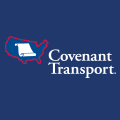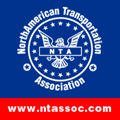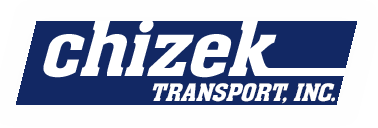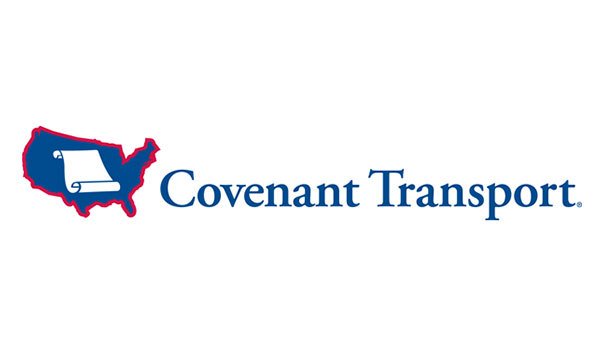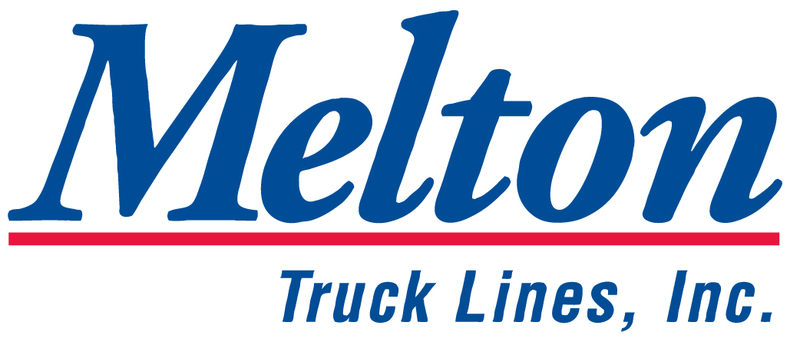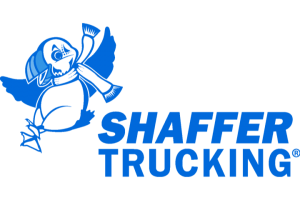USDOT and MC Numbers: Is There a Difference?
We are half-way into the new rules for identifying and marking commercial vehicles used in interstate transportation that became effective back on June 3, 2000 and I thought it is time to refresh everyone's minds. When implementation is complete in 2005 all interstate commercial motor vehicles (CMVs) transporting property or passengers will have their USDOT number on both sides of the power unit, along with the legal name of the entity controlling the motor carrier operation.
The marking rules no longer allow federally regulated for-hire carriers to continue displaying their Motor Carrier (MC) number instead of the USDOT number for identification. The regulations do not require removing the MC number, but carriers are encouraged not to display it on new or repainted CMVs.
This change has created questions about the role and function of the MC number issued to for-hire carriers when they are granted operating authority. This number, also known as an "ICC MC" number, has long been required to be displayed on the vehicle to identify "regulated" carriers under the jurisdiction of the Interstate Commerce Commission (ICC). Note: If you are in California, do not get this MC number confused with a Motor Carrier Permit (MCP) which is authority for-hire issued by the California Highway Patrol.
For-hire interstate carriers are subject to more stringent requirements under the federal leasing rules, so they must also file an application for operating authority (OP-1). The regulatory goal is to make sure for-hire carriers have sufficient financial responsibility coverage to compensate the public for liability arising from personal injury, property damage, cargo loss or damage, and property broker defaults.
The MC number, assigned when authority is granted, is used to identify carriers operating legally under these economic requirements. It has allowed the FMCSA, process agents, insurance companies, and a shipper to verify the status of a carrier's insurance coverage and ensure that freight is being tendered to a legally licensed and insured carrier. So, even though this number is no longer displayed on the vehicle, all for-hire carriers must still have operating authority and with it an MC number.
The MCS-150 Identification Report does not encompass the existing for-hire carrier regulatory requirements achieved through filing the OP-1 for carrier authority. The MC number indicates compliance with economic regulations by for-hire carriers, while use of the USDOT number was developed within the context of safety compliance.
The DOT safety effort is concentrated on identifying and tracking the safety performance of all commercial vehicles. Through the MCS-150 Identification Report, the DOT is able to update the Motor Carrier Management Information System (MCMIS) and enforce carrier compliance with safety fitness procedures.
Federal involvement in motor carrier safety issues developed gradually. Oversight of motor carriage in the United States began in 1935 under the jurisdiction of the ICC. The agency was responsible for issuing operating authority and permits, and administering rules related to insurance, rates, routes, easing, and claims as they applied to for-hire common and contract carriers. It also had jurisdiction over safety and enforcement matters for both for-hire and private carriers.
The ICC retained regulatory authority over for-hire economic issues until the agency was closed on January 1, 1996. However, the economic rules were not abolished with the agency; the remaining ICC registration/licensing rules were moved to the Federal Highway Administration (FHWA). Under the FHWA, and now the FMCSA, regulatory procedures for registration of for-hire carriers remain. Continuous compliance with financial responsibility rules must be maintained, or operating authority can be revoked.
While economic regulation continued at the ICC until 1996, oversight of federal transportation safety functions was moved from the ICC to the newly created Department of Transportation in 1967. In 1988, the DOT amended Part 390 of the Federal Motor Carrier Safety Regulations by adding a new section (§390.21) that required every commercial vehicle operated by a private carrier of property in interstate commerce to be marked with an identification number issued by the FHWA (USDOT number). In 1992, the regulation was revised to require all carriers, including exempt carriers not included in the 1988 rule, to be marked with the USDOT number.
The rule contained an exception that allowed for-hire ICC authorized carriers to comply with this requirement through the display of their ICC MC number. The recent marking rule revisions bring uniformity to vehicle identification by requiring all carriers to be identified under the same system. However, the FMCSA regards the requirement to mark a CMV with the USDOT number an identification issue, not a licensing/registration issue.
The number of for-hire carrier registration/licensing will be addressed in the preparation and implementation of the congressionally mandated Unified Motor Carrier Registration System. While the FMCSA has decided the USDOT number will be the identifier used by all carriers under that registration/information system, the current regulations still require for-hire carriers to obtain an operating authority MC number as well as a USDOT number.
For now, motor carrier marking compliance means having and displaying a USDOT number on the power unit, and, whenever a carrier is for-hire, operating with federal authority and the MC number.
NTA adds new services.
For 2003, we have added a two new free programs. A free Prescription Drug Discount Card and a Trucker Assistance Program, which offers professional counseling as well as an Accounting Services Department, which will handle Payroll, Accounts Payable, Monthly Bookkeeping, Income tax and Corporation filings.
Written by: Wayne Schooling




